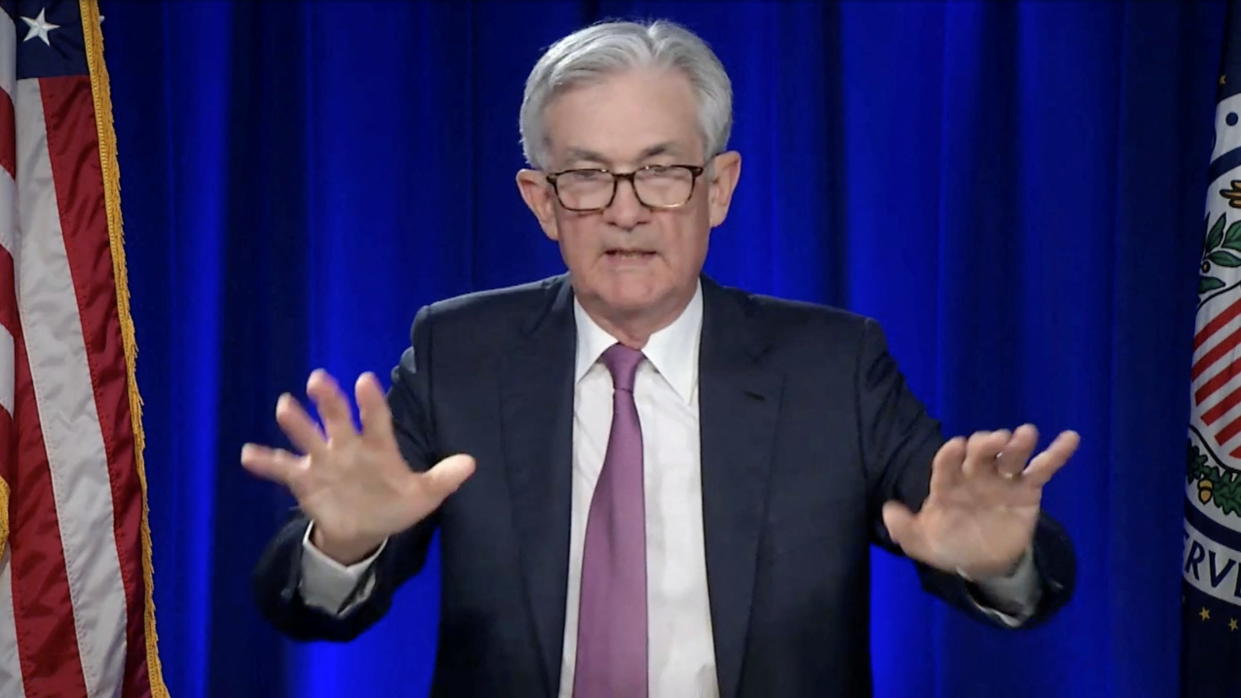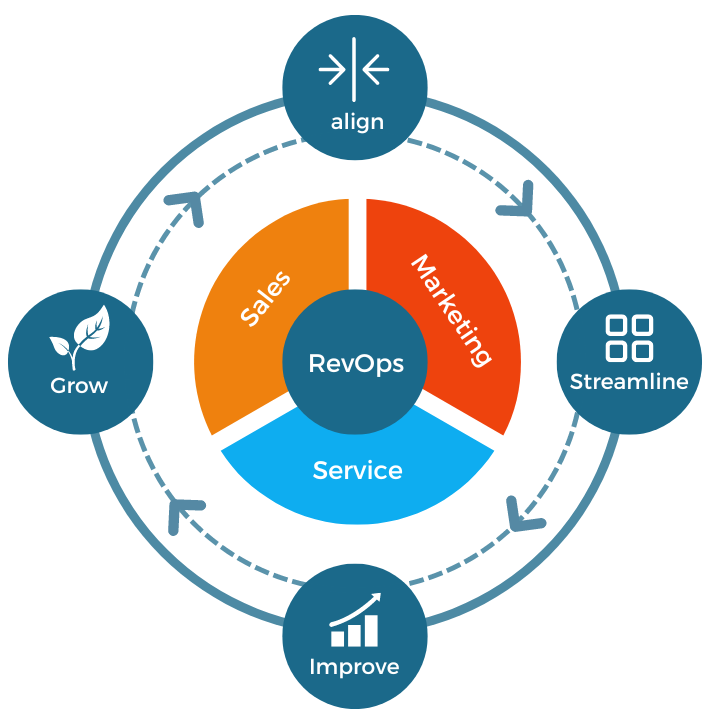JPMorgan, BofA and others now see more rate hikes this year as Fed gets hawkish [Video]
Federal Reserve watchers are quickly ramping up and revising forecasts on how many interest rate hikes they anticipate this year after the central bank doubled down on plans to tighten policy and rein in inflation.
Economists at Bank of America and JPMorgan increased their forecasts Friday, two days after the Fed’s policy-setting meeting. BofA released one of the more aggressive predictions on the Street. It now expects seven hikes this year — that number was first uttered by JPMorgan CEO Jamie Dimon during the bank’s post-earnings conference call on Jan. 14. JPMorgan said it is now looking for five rate hikes this year, up from its previous forecast of four, but trimmed its projection for 2023 from four to three.
“The most recent dot plot showed an expectation for another ‘gradual’ pace of hikes, in spite of high inflation and low unemployment,” said Michael Feroli, JPMorgan chief U.S. economist, in a note. “Powell’s remarks this week, however, were clearly intended to dissuade the market from expecting a quarterly tempo of rate hikes.”
Adopting an even more hawkish view, economists at Bank of America expect the Fed will raise rates by 25 basis points at every remaining meeting this year for a total of seven hikes, and once per quarter in 2023 to mark a total of four. Just last month, BofA said in a Dec. 15 research note that it expected hikes of 25 basis points in each of the next nine quarters after an initial hike in March.
The Fed held rates at near zero following a two-day policy meeting that concluded on Wednesday, citing plans to halt pandemic-era policy of asset purchases first. But the Federal Open Market Committee reaffirmed it will wrap up the process in early March, suggesting the first rate hike could come in six weeks. Moreover, Fed Chair Jerome Powell took his most hawkish tone yet in a subsequent press conference, stating the Fed had “significant” room to raise rates before hurting the labor market. The Fed chair did not say if a 50 basis point hike was possible.
Investors had been anticipating clarity from the central bank’s most recent policy-setting meeting, but Fed officials did little in the way of addressing when — and how profoundly — short-term borrowing costs will be increased.
“The Fed has all but admitted that it is seriously behind the curve,” BofA wrote in the research note. “With that said, the markets are doing the Fed’s job of tightening financial conditions without an actual hike.”

With markets pricing in 30 basis points of increases at the March meeting and 118 basis points for the year at the time of its updated forecast, BofA stated that expectation is “not nearly enough,” pointing out that investors have underpriced Fed hikes at the start of the last two hiking cycles.
The bank now expects the Fed to get the funds rate up to the 1.75%-2.00% range by the end of 2022, and a shift to hikes at every other meeting the year after with a terminal funds range of 2.75%-3.00% by the end of 2023. Markets are pricing in a terminal rate of around 1.75%
“When you are behind in a race you don’t take water breaks,” BofA said in the note, also warning aggressive Fed tightening is likely to “affect the economy with a lag” and weigh on 2023 growth.
As recently as the second half of 2021, markets priced in the likelihood policymakers would not raise rates this year. But surging prices and a more aggressive tone from central bank officials has strategists quickly upping their forecasts. The most recent headline inflation figure, the Personal Consumption Expenditures (PCE) posted a 5.8%year-over year increase in December — the fastest pace since 1982. The PCE is a key measure watched by the Fed.
BNP Paribas Bank appeared to be one of the first banks to revise its interest rate projections. On Thursday, the bank said it expected six 25 basis point hikes, compared to four previously, and now projects a target range of 2.25%-2.50% at the end of 2023, 25 basis points higher than previously forecasted.
“We read Fed Chair Powell’s comment that this cycle is different from the previous one as an indication that the Fed’s bias is for a steeper tightening than the markets than we had envisaged,” wrote Luigi Speranza, BNP Paribas chief global economist, in a note.
The bank also added that the new base case for six hikes poses challenges to its bullish outlook for U.S. equities but is not sufficient enough to derail it on a standalone basis if earnings growth remains robust.
Similarly, Deutsche Bank upwardly revised its rate predictions to five from four, indicating it now expects policymakers to raise rates at each meeting from March to June, and shifting to a quarterly cadence in September.
“Assuming this is realized, then this would be a much faster pace in hikes than anything we have seen over the last cycle,” Henry Allen of Deutsche Bank Research wrote in a note Friday morning.
—
Alexandra Semenova is a reporter for Yahoo Finance. Follow her on Twitter @alexandraandnyc
Read the latest financial and business news from Yahoo Finance
Follow Yahoo Finance on Twitter, Instagram, YouTube, Facebook, Flipboard, and LinkedIn


.jpeg?width=682&height=455&name=AdobeStock_295048993%20(1).jpeg)



